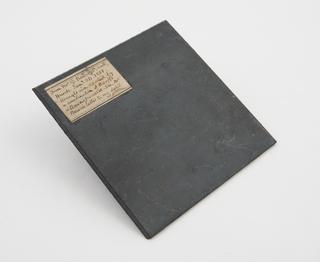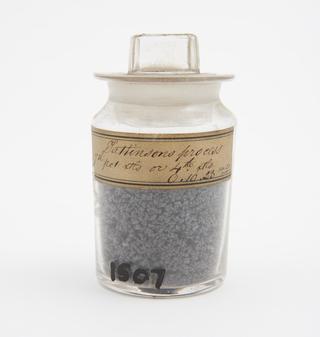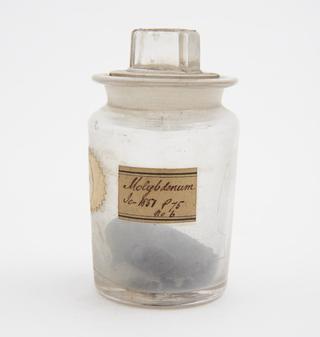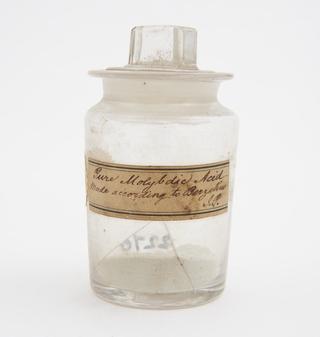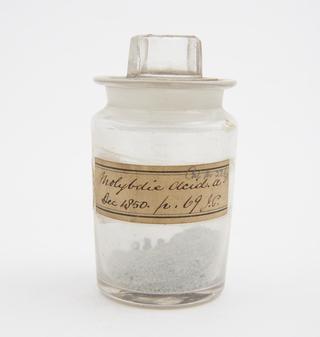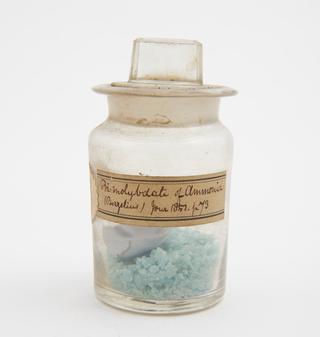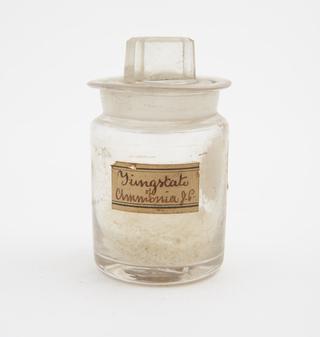
John Percy 1817 - 1889
- occupation:
- Metallurgist, Physician
- Nationality:
- British
- born in:
- Nottingham, Nottingham, England, United Kingdom
Dr John Percy trained as a medical doctor but turned to a study of metallurgy.
1838 - M.D. Edinburgh;
1839 - elected physician to the Queen's Hospital, Birmingham, England;
1842 - began to form a collection of metallurgical specimens;
1847 - F.R.S.;
1848 - invented a method of extracting silver from its ores, which has since been developed and suggested other important metallurgical processes and improvements, such as for the Bessemer process for making steel.;
1851 - F.G.S.;
1861-1880 he wrote five volumes of a massive unfinished study, ‘Metallurgy’, detailing the methods of extracting metals from their ores and describing their manufacturing uses.
1889 - During his lifetime Percy made a collection of more than 3700 metallurgical specimens. Recognising its importance, the South Kensington Museum arranged to purchase the bulk of the collection in 1889. It remains at the Science Museum as one of the world’s most important such collections both for its scientific and its historical interest;
For over thirty years he lectured at the Royal School of Mines at Jermyn Street, London.
The ’Percy Collection’, as it is known, contains many specimens illustrating processes which even in the nineteenth century were obsolescent. It also has items which are of wider historical interest in addition to their scientific importance. Among the group illustrating copper and its alloys is a portion of the original great bell of the House of Parliament, the first ‘Big Ben’, which cracked irreparably in 1856 while still under test and had to be scrapped. The replacement bell, cast in 1858 using the same metal, also cracked within two months of being installed in 1859, but this time it was possible to repair it. The Percy Collection also has turnings from this crack taken at various depths. These were recovered while the bell was under repair in 1860. The designer of the bells, Edmund Denison, later alleged that the cracks were the result of poor casting and impure metal, but it was shown that in fact the hammers he had specified were too heavy. Dr Percy obtained his specimens of the bells from Denison himself.


